Or search by topic
Number and algebra
Geometry and measure
Probability and statistics
Working mathematically
Advanced mathematics
For younger learners
Curve Spotting



- Problem
- Student Solutions
- Teachers' Resources
Curve Spotting
We've been collecting pictures!
What do you think they are pictures of?
Which of these pictures have curves in them?
Can you see any circles?
Can you see any spirals?
Are there any pictures that don't have any curves at all?
You could send us your ideas or photos of other circles and spirals you have found.
Click on the images to make them bigger.
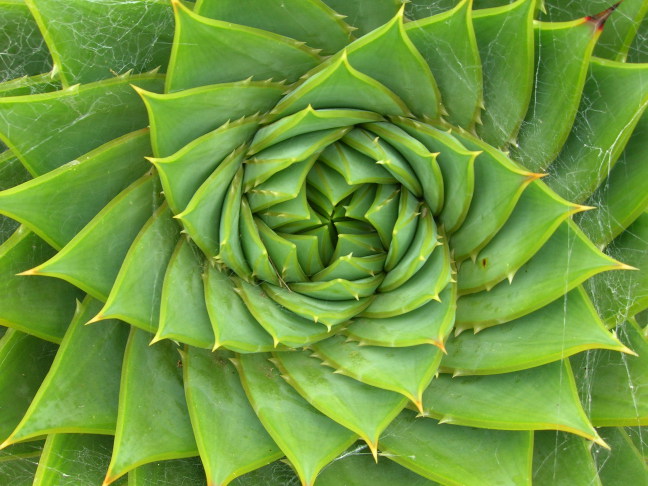
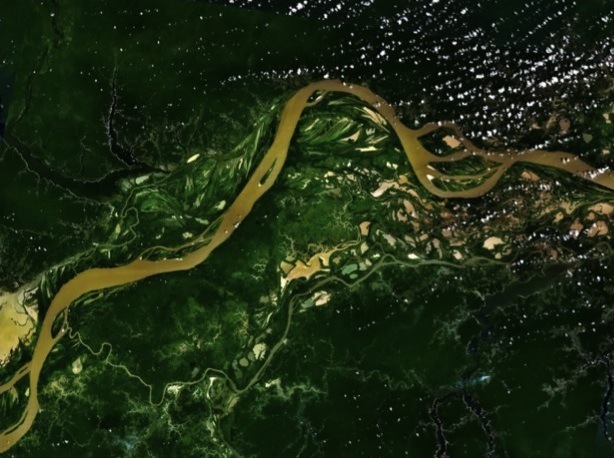
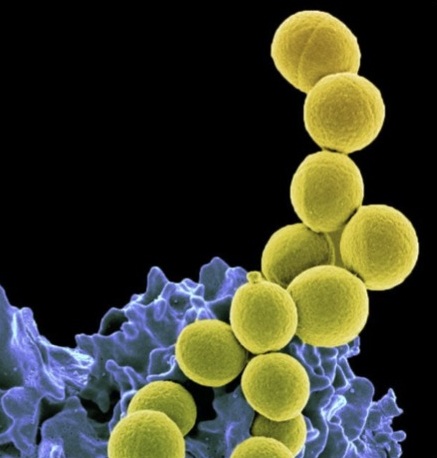
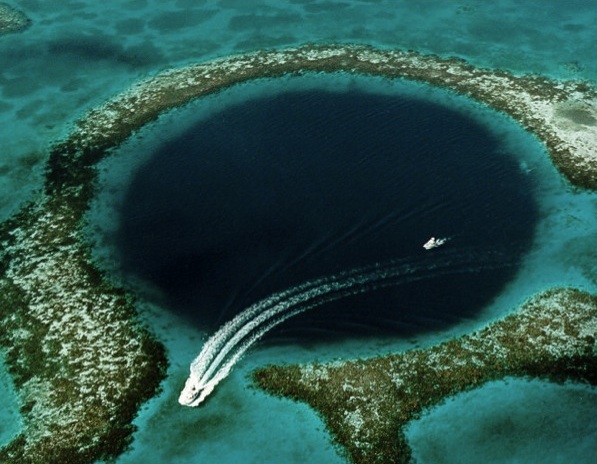
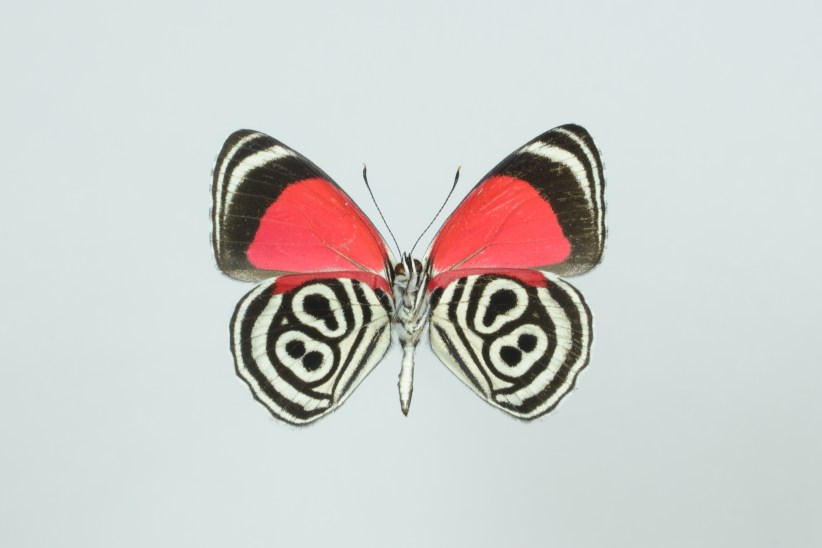




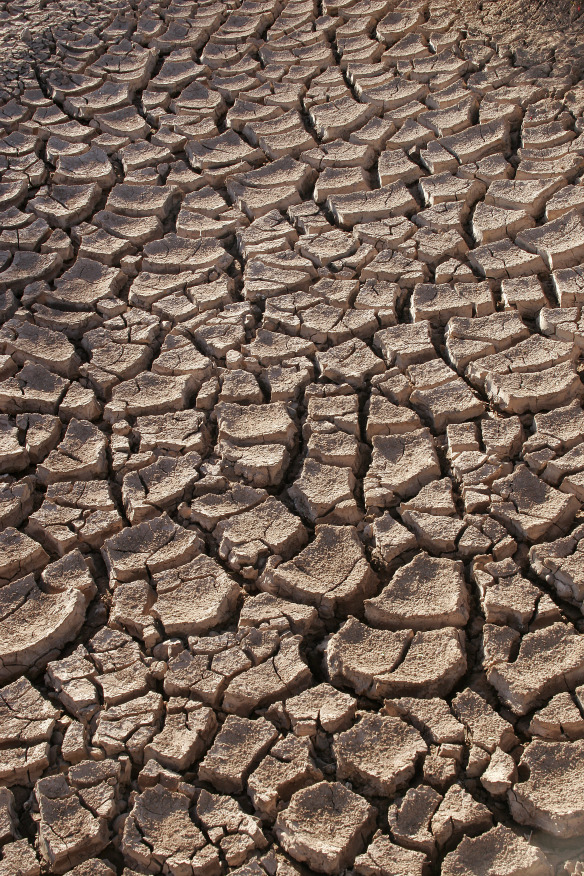

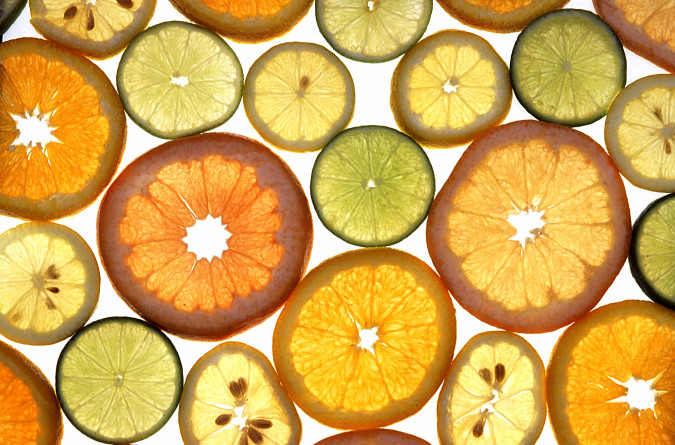


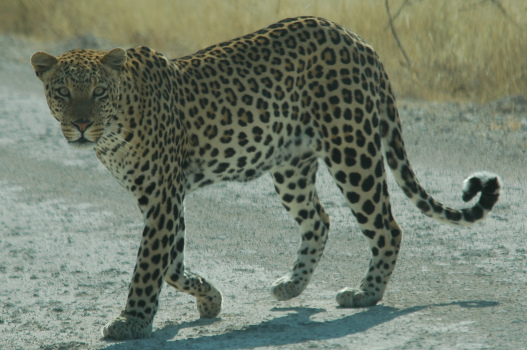



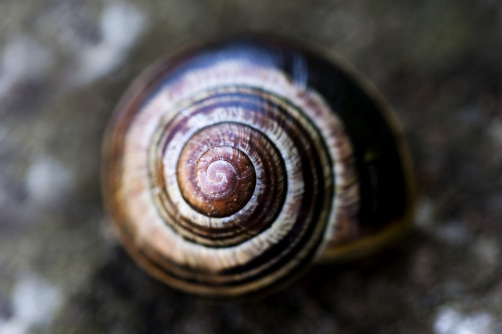
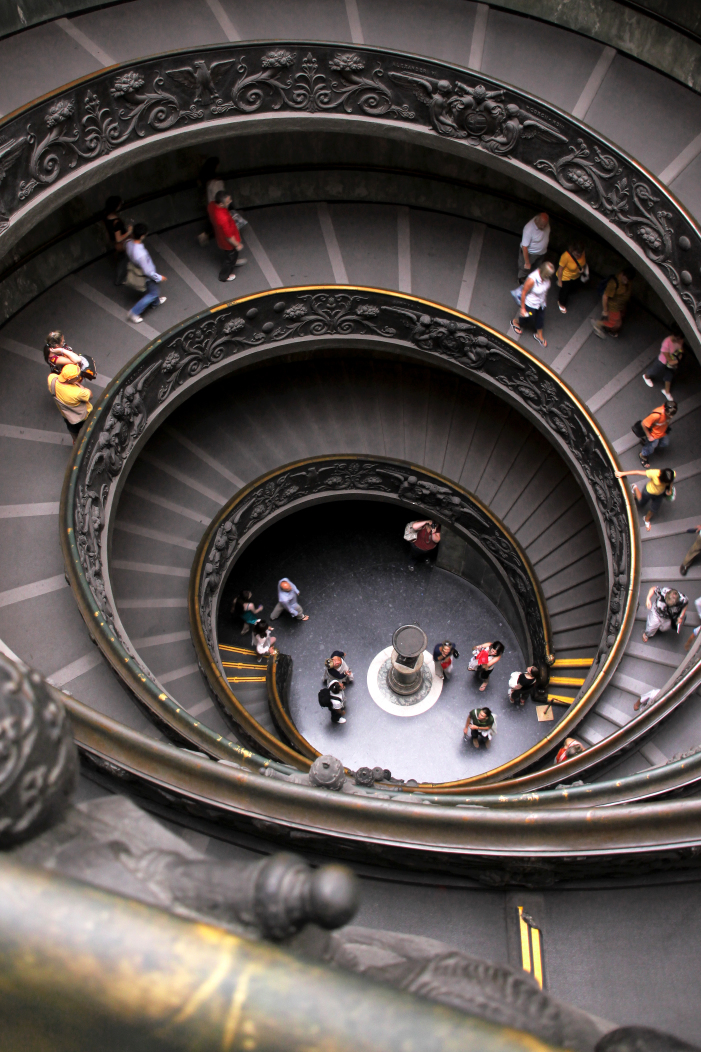
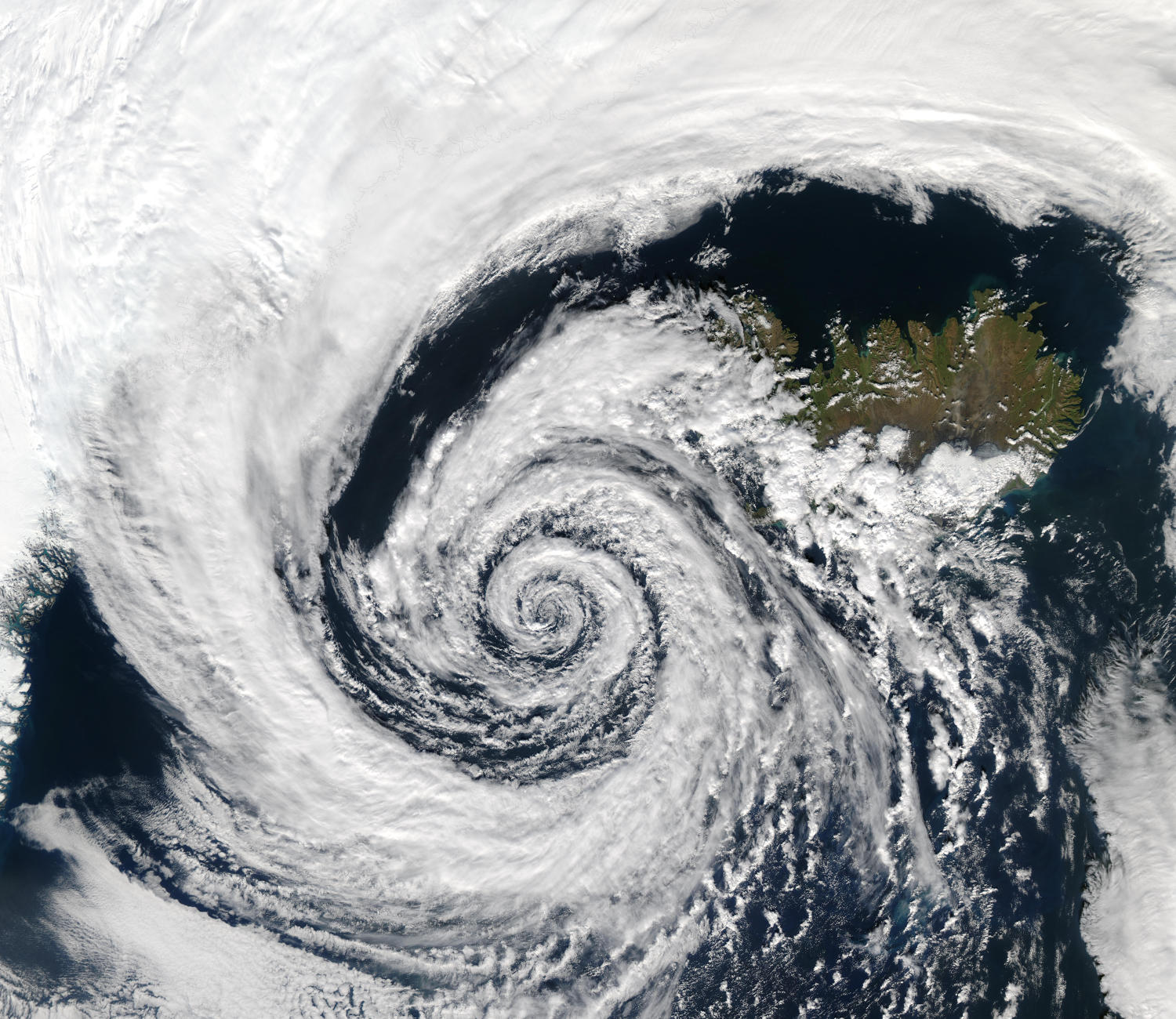
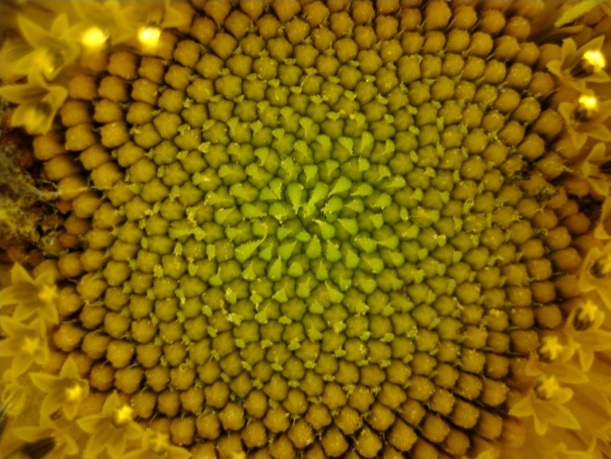

Why do this problem?
This problem provides lovely opportunities for mathematical talk. Children benefit from opportunities to describe the mathematical shapes they see around them in order to become more sophisticated in their language and descriptions. These images have been chosen to develop their understanding of curves, moving from informal language such as
straight, curved, wavy towards more mathematical language about circles and spirals. Talking, prompted by appropriate questioning, will encourage children to observe the images carefully and identify what is important about them. The sophistication of the mathematical language used can be developed as far as the children can manage.
Possible approach
If you have an interactive white board you can display the images (which can be enlarged by clicking on them individually). Alternatively you could download this PowerPoint and if you need paper copies print them from this.
For a whole class activity you could ask the children to take turns to choose one of the images and describe it so that the rest of the class could work out which image they are describing. Descriptions are likely to focus firstly on colour, but listen out for the mathematical language of shape and pattern and if needed, introduce the vocabulary of circle and spiral.
You could then give the children printed copies of the pictures and ask them to work in groups to sort them into sets. Give opportunities for them to explain why they sorted in the way that they did, again bringing out the vocabulary of shape and pattern.
Key questions
Can you see a curve in this one? Where?
What's the difference between a circle and a spiral?
Can you find any other circles/spirals around us?
Possible extension
Children could take photographs of curves they notice in their surroundings, and these could be used to start an interactive display. Make more durable versions of the images so that they can be used for sorting activities.
Those children who have developed fine motor skills could be challenged to make a spiral, using apparatus such as Cuisenaire rods, or even to draw an Archimedian spiral.
Possible support
Provide materials for the children to make curves in free play time, both inside and out. Materials could be both continuous (such as skipping ropes, string or ribbon), or sets of objects (such as bottle tops, counters, stones). Bigger versions could be made outside and photographed to add to the display.Image attribution:
Storm Spiral By NASA (http://visibleearth.nasa.gov/view_rec.php?id=6204)[see page for license], via Wikimedia Commons
Fruit Circles public domain
Aloe Plant Spiral By J Brew (Aloe polyphylla Schönland ex Pillans) [CC-BY-SA-2.0 (www.creativecommons.org/licenses/by-sa/2.0)], via Wikimedia Commons
Snail Shell Spiral By Noel Feans (originally posted to Flickr as Spiral) [CC-BY-2.0 (www.creativecommons.org/licenses/by/2.0)], via Wikimedia Commons
Sunflower Spiral By Clay Junell from austin, texas (sunflower) [CC-BY-SA-2.0 (www.creativecommons.org/licenses/by-sa/2.0)], via Wikimedia Commons
DNA Sprial public domain
Drought Shapes Tomas Castelazo
Belize Circle public domain
Galaxy Spiral public domain
Planets Circles public domain
Meteor Crater Circle public domain
Leopard Circles By Patrick Giraud (Own work) [GFDL (www.gnu.org/copyleft/fdl.html), CC-BY-SA-3.0 (www.creativecommons.org/licenses/by-sa/3.0/) or CC-BY-2.5 (www.creativecommons.org/licenses/by/2.5)], via Wikimedia Commons
Cells Circles public domain
Bacteria Circles public domain
Butterfly Curves 1 By Geoff Gallice from Gainesville (Diaethra clymena Uploaded by berichard) [CC-BY-2.0 (www.creativecommons.org/licenses/by/2.0)], via Wikimedia Commons
Butterfly Curves 2 Super.lukas [CC-BY-SA-2.5 (www.creativecommons.org/licenses/by-sa/2.5)], via Wikimedia Commons
Fractal Curve public domain
Spiral Staircase By NormanB (Own work) [CC-BY-SA-3.0 (www.creativecommons.org/licenses/by-sa/3.0)], via Wikimedia Commons
Lollipop Spiral Personal blog (?)
Amazone Curve public domain
Electron Scattering Spiral CERN
Double Slit Experiment Curves By Timm Weitkamp (Own work) [CC-BY-3.0-de (www.creativecommons.org/licenses/by/3.0/de/deed.en)], via Wikimedia Commons
Water Whirlpool By This file is a Work of Kwj2772 (Own work) [CC-BY-SA-3.0 (www.creativecommons.org/licenses/by-sa/3.0) or CC-BY-SA-2.0-kr (www.creativecommons.org/licenses/by-sa/2.0/kr/deed.en)], via Wikimedia Commons
Circuit Board Curves Stallio from Flickr
You may also like
Four Triangles Puzzle
Cut four triangles from a square as shown in the picture. How many different shapes can you make by fitting the four triangles back together?
Rectangles with Dominoes
Can you make a rectangle with just 2 dominoes? What about 3, 4, 5, 6, 7...?
Chain of Changes
Arrange the shapes in a line so that you change either colour or shape in the next piece along. Can you find several ways to start with a blue triangle and end with a red circle?

